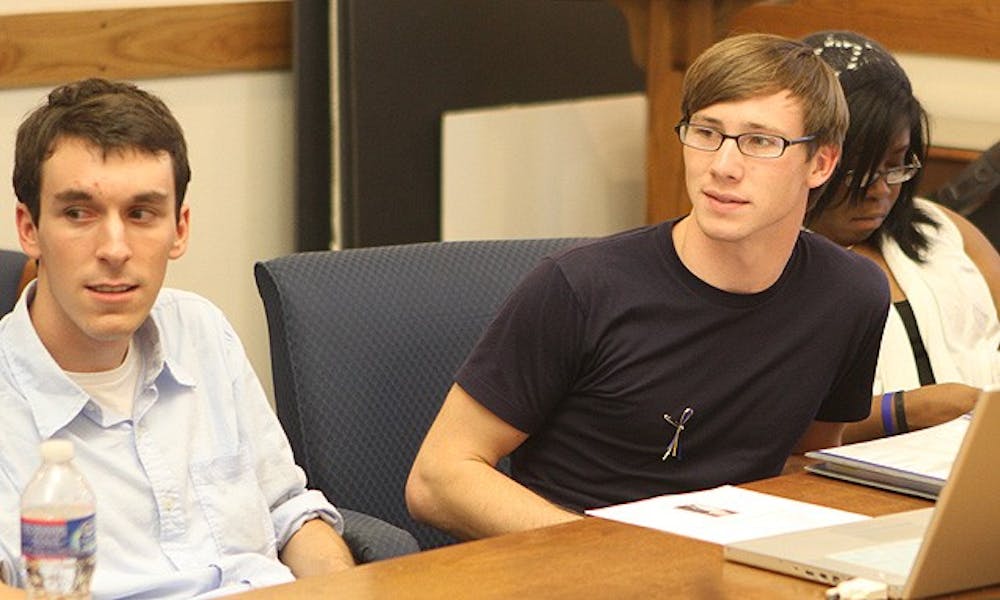Campus Council and the University’s administration are moving forward with plans for the house model transition.
Joe Gonzalez, associate dean of residence life, provided Campus Council members with an update on the new housing model that officials plan to implement in Fall 2012.
The changes will tentatively reconfigure dorms into more communal “houses.” The transition to the house model is intended to foster a sense of community among residents and be more equitable than the current model, Gonzalez said.
“We are seeking to increase the communities that develop on West,” Gonzalez said, adding that the connections that form on East Campus serve as a good model. “There is a chance that can happen.”
Although Gonzalez noted that housing location matters in the current setup, he said the new house model would strive to eliminate that notion.
Campus Council President Stephen Temple, a senior, presented members with a timeline for the development of the house model.
The House Model Working Group, which is composed of three student subcommittees that will handle the logistics, governance structure and house assignments, will work throughout the next three weeks to consolidate ideas and plans.
Students and administrators will convene to discuss the specifics of its plans Monday, Temple added.
At the Council’s Nov. 18 meeting, the three subcommittees will find a way to combine their work, Temple added.
“Let’s just get the conversation rolling tonight,” Temple advised members, asking them to brainstorm about house model ideas and bring questions to the table.
Although much of the Council’s discussion was off the record, members discussed broad topics, such as which students would be given priority to live in the houses and whether or not certain houses would be co-ed, and more specific details, such as the number of beds in each house, how resident advisers would operate within the house and the presence of certain amenities.
“A lot of the answers we do not know yet,” Gonzalez said. “A lot of the specifics haven’t been decided—they can’t be decided at this point.”
In other business:
Gonzalez updated Council members on the status of the coed housing option on West. At their meeting last week, members approved the coed housing option, an opt-in program that will allow males and females to live together in a small, opt-in residence unit.
After discussing the option, RLHS administrators decided that the coed option may work best in certain “pods” of Edens Quadrangle.
The rooms in the pods—which consist of a bathroom surrounded by a number of rooms—could be coed, but the bathrooms would remain single sex. Students would tentatively walk across the hall to use the appropriate bathroom.
Although students said that the pod model would not be appropriate in certain parts of Edens, most agreed that the pod idea would work.
Referring to Edens 2A, at-large representative Mallory Contois, a junior, noted that the potential set-up may be exposing for some students using the shower.
“If a girl had to walk across, and then walk back across... I don’t know how appealing that would be.”
Gonzalez said RLHS will use the student feedback when finalizing the coed plans.
“We needed to know if the Edens equation had potential,” Gonzalez said.
Get The Chronicle straight to your inbox
Signup for our weekly newsletter. Cancel at any time.

